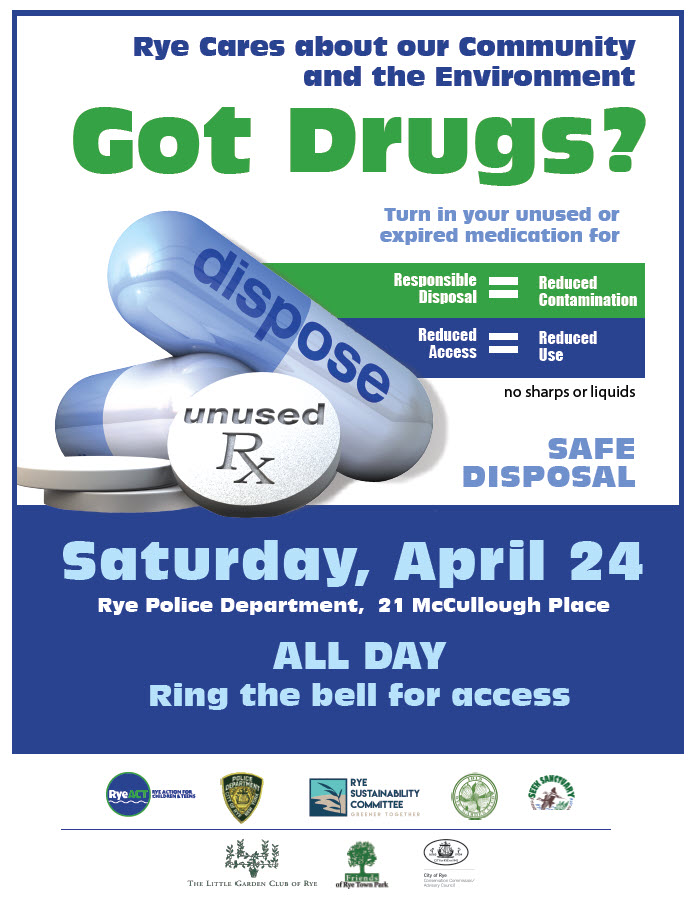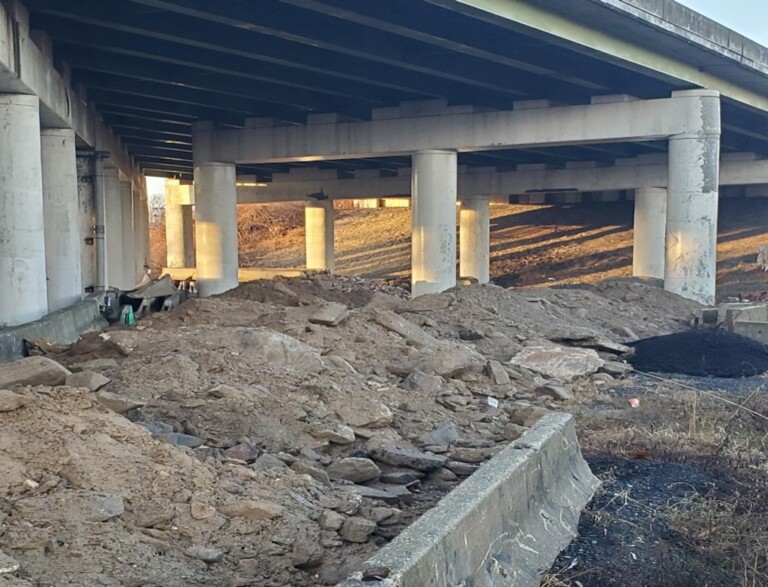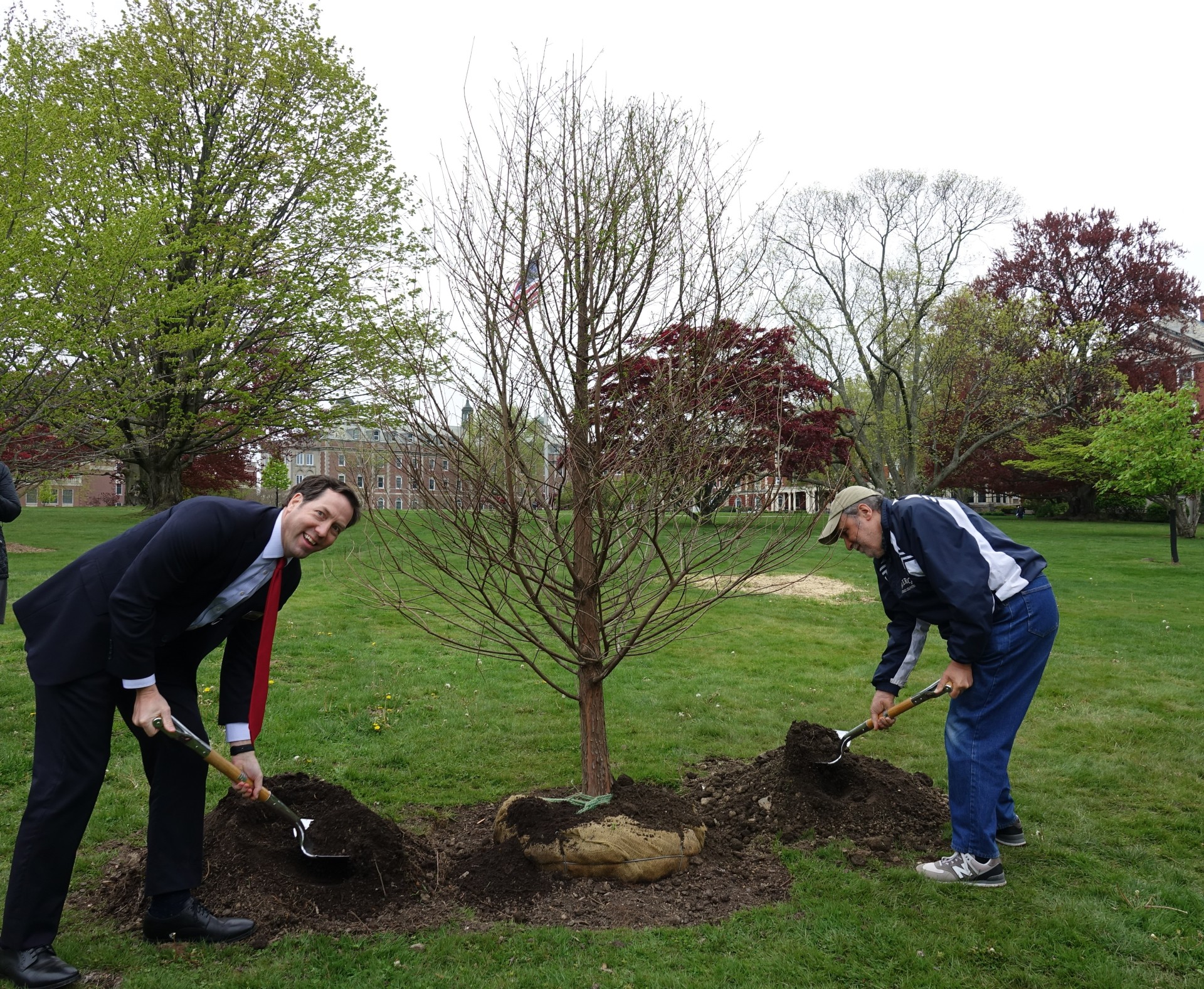Local Waterways Receive “C” Grades in New Enviro Report Card – Action You Can Take
(PHOTO: The open Sound waters around Rye, called the “Eastern Narrows” (yellow area above) received a “C” grade in an environmental report card released Tuesday.)
The regional nonprofit organization Save the Sound released results of its “2020 Long Island Sound Report Card” on Tuesday.
The waters in our area received received poor scores. Here is what you need to know:
- Overall. The overall open water area of the Long Island Sound in our area, called the “Eastern Narrows” received a “C” grade. The area covers roughly the area from New Rochelle east to Darien. The research states “The Eastern Narrows received a C (74%), a decrease from 2017 (82%), primarily due to worsening Chlorophyll a. Fluctuating weather conditions likely cause for 12-year trend shift from “improving” to “variable.” Vigilance is needed to ensure the gains here aren’t lost to unchecked development and climate change.”
- The Mamaroneck Harbor. The study includes bays for the first time and the closest bay to Rye in the study is the Mamaroneck Harbor, thanks to the efforts of the Derecktor Shipyards. The Harbor received a “C-” grade. The research states “Mamaroneck Harbor received a C- (72%), a moderately poor grade. Dissolved oxygen and seaweeds both received an F this year.”
Only 44% of the bays and bay segments on the Long Island Sound received a grade of B or above. Nearly half (48%) received poor grades of D or below for dissolved oxygen levels, an important measure of water quality. Low dissolved oxygen (hypoxia) can lead to fish and other marine life die-offs. Another concerning finding is poor grades resulting from excess seaweed as well as algae floating in the water, which are caused by nitrogen pollution entering the Sound from coastal and upstream communities.
Further, the report revealed that the quality of nearby “open-water” in the Sound does not always predict the quality of water in adjacent bays, with important ramifications for environmental health.
Tracy Brown, Regional Director of Water Protection for Save the Sound, commented, “For the first time, thanks to the unified efforts of 22 groups from around the Sound, supported by funding from EPA’s Long Island Sound Study, we have two years of consistent data on Long Island Sound’s bays and the results are sobering. Many of the bays in the Sound are stressed and the predicted impacts of climate change and population growth in our region will only exacerbate current issues and potentially create more in the future. Thankfully, there are proven strategies that citizens and local governments can implement to protect and restore the health of these waters. These data serve as a roadmap for that work to come.”
What You Can Do
Here are action items you can do to protect local waterways:
- Reduce Water Usage. This reduces the load on overtaxed water treatment plants.
- Maintain Your Sewers. Private sewer lines and septic systems should be regularly inspected, repaired and pumped out. Install septic systems that remove nitrogen.
- Keep litter out of waterways. Use less plastic, use reusable bags – you know this already!
- Plant Native. Native plants use less water in your yard, help filter pollutants along waterways and are better for local wildlife.
- Speak up. Tell local officials you believe clean water matters.
- Eliminate or reduce fertilizer use (like the Manursing Club). Use half the amount, only around Labor Day or Memorial Day. Leave grass clippings on the lawn as natural fertilizer.
Learning More
Results from the 2020 Long Island Sound Report Card, including more than 12 years of data on water quality in the open waters of the Sound and 2 years of data on bays, have been posted to the interactive website SoundHealthExplorer.com.
For the first time, the site includes an interactive map allowing visitors to click on specific bays to view water quality grades and the data behind them. Divided into themes including “Swimmable,” “Fishable,” and “Livable,” the website also provides data on water quality at 200+ beaches, and even a tool designed to highlight the potential impact of predicted rising sea levels on coastal communities. Finally, the site offers specific actions that local residents can take to protect and improve the water quality of Long Island Sound and its numerous bays.








Rye politics @ it’s finest
https://www.peoplespunditdaily.com/news/us/2017/10/22/new-yorks-floating-outhouse/